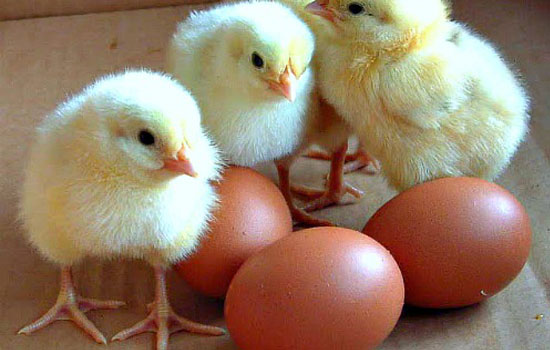1. Preparation before brooding
Before entering the nest, you must have enough time to plan to clean, scouring, fumigation and disinfection of the chicken battery cages, check the heating and insulation facilities, and prepare the feed and commonly used drugs and utensils. The brooding house should be thoroughly cleaned, and the troughs, sinks and other utensils should be cleaned and strictly disinfected. If the ground is raised and raised, the litter should be exposed to the sun for a week before entering the chicken for natural disinfection. Before entering the brooding, the brooding house should be pre-warmed in advance, especially in the late autumn, winter and early spring. It must be fired 3 days in advance to make the walls, floors and facilities hot, so that the temperature inside the house is relatively stable and easy to control.
2. Provide a house environment suitable for chick growth and development
Providing a suitable internal temperature for the growth and development of chicks is one of the key factors for the success of brooding. Providing suitable temperature can effectively improve the survival rate of chicks. Because the chicks’ temperature regulation function is not perfect, the chicks are very sensitive to temperature, the temperature is too low, the chicks are easy to stick, and they are easy to squeeze and die. When the temperature is too high, the water in the chicks is easy to evaporate, which causes the chicks to dehydrate and affect the growth of the chicks. Generally, the chicks in the first week are 32 ° C ~ 35 ° C, and then drop 2 ° C ~ 3 ° C every week, the cooling rate can not be too large, drop to 18 ° C ~ 20 ° C when the temperature is off. Humidity is too high and too low is not conducive to the growth and development of chicks. The humidity is generally 65% to 70% at 1 to 10 days old, and is maintained at 55% to 65% after 10 days of age.
3. Drinking water and eating
Drink water before the chicks start eating, and then feed them after 2 to 3 hours. Adding 5% glucose + electrolysis multi-dimensional or quick-replenishing, replenishing rehydration salts in drinking water in 1 week old, its function is mainly health care, anti-stress and conducive to meconium excretion. Drink water can be used after 1 week of age. The demand for water in chicks far exceeds that of feed. The water and water should be kept clean and hygienic. The overnight water should be replaced in time. Disinfect the drinking fountain with potassium permanganate once a day. Chicks usually start eating 24 to 26 hours after hatching. Feeding materials can be used for feeds such as millet and crushed corn. After 3 days of age, they are gradually replaced with compound feed. The number of feedings should be increased in a small amount during the first week of feeding, so as to avoid indigestion and waste of feed. Generally, it is fed 6 to 5 times a day from 1 to 45 days old and 4 to 3 times after 46 days of age. It is not advisable to feed too much each time, and it is better to feed less than 80%. It is necessary to pay attention to the changes in feed consumption when feeding, and the feed consumption is too much or too little, which is a precursor to the disease of chicks.
